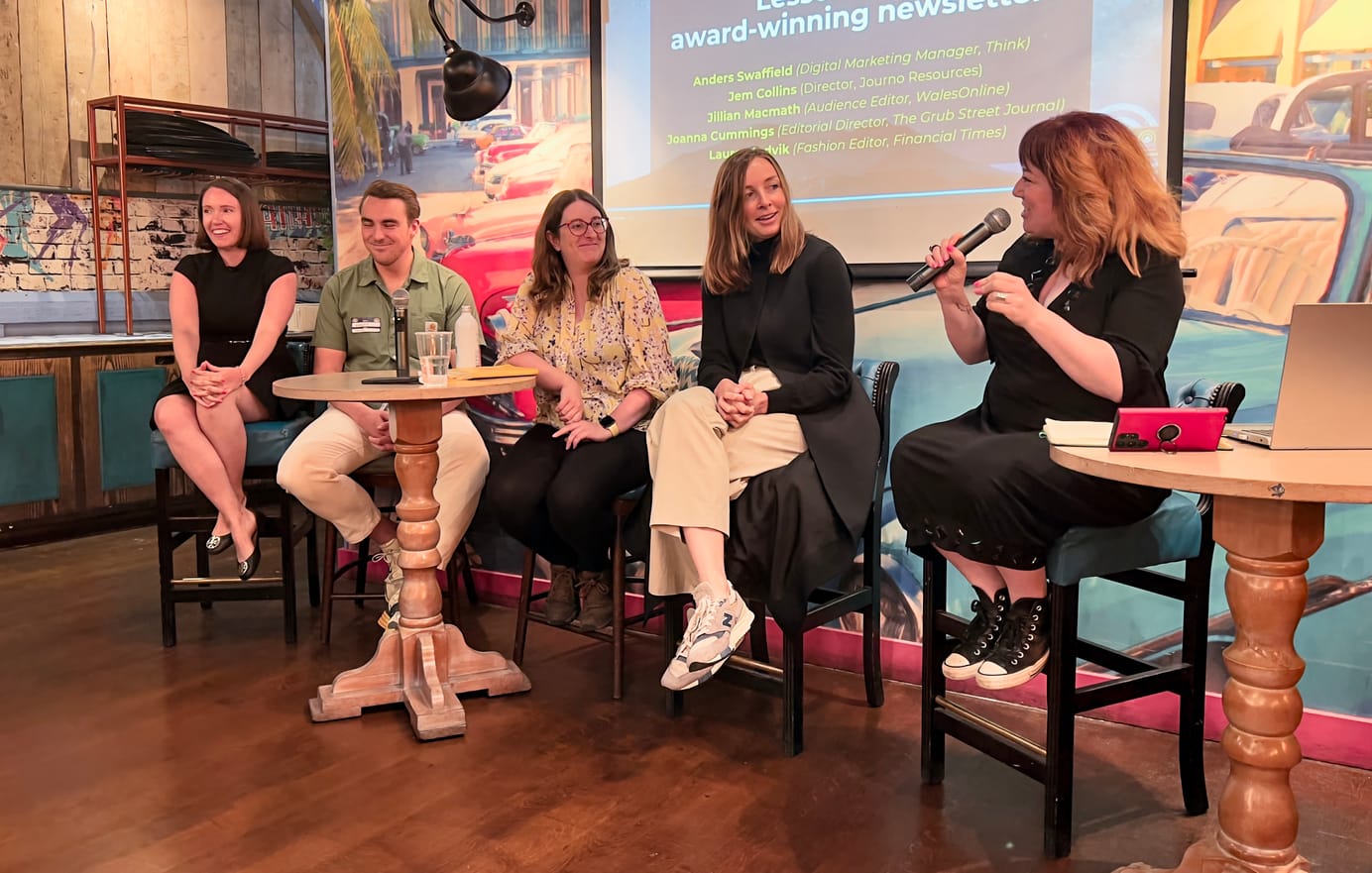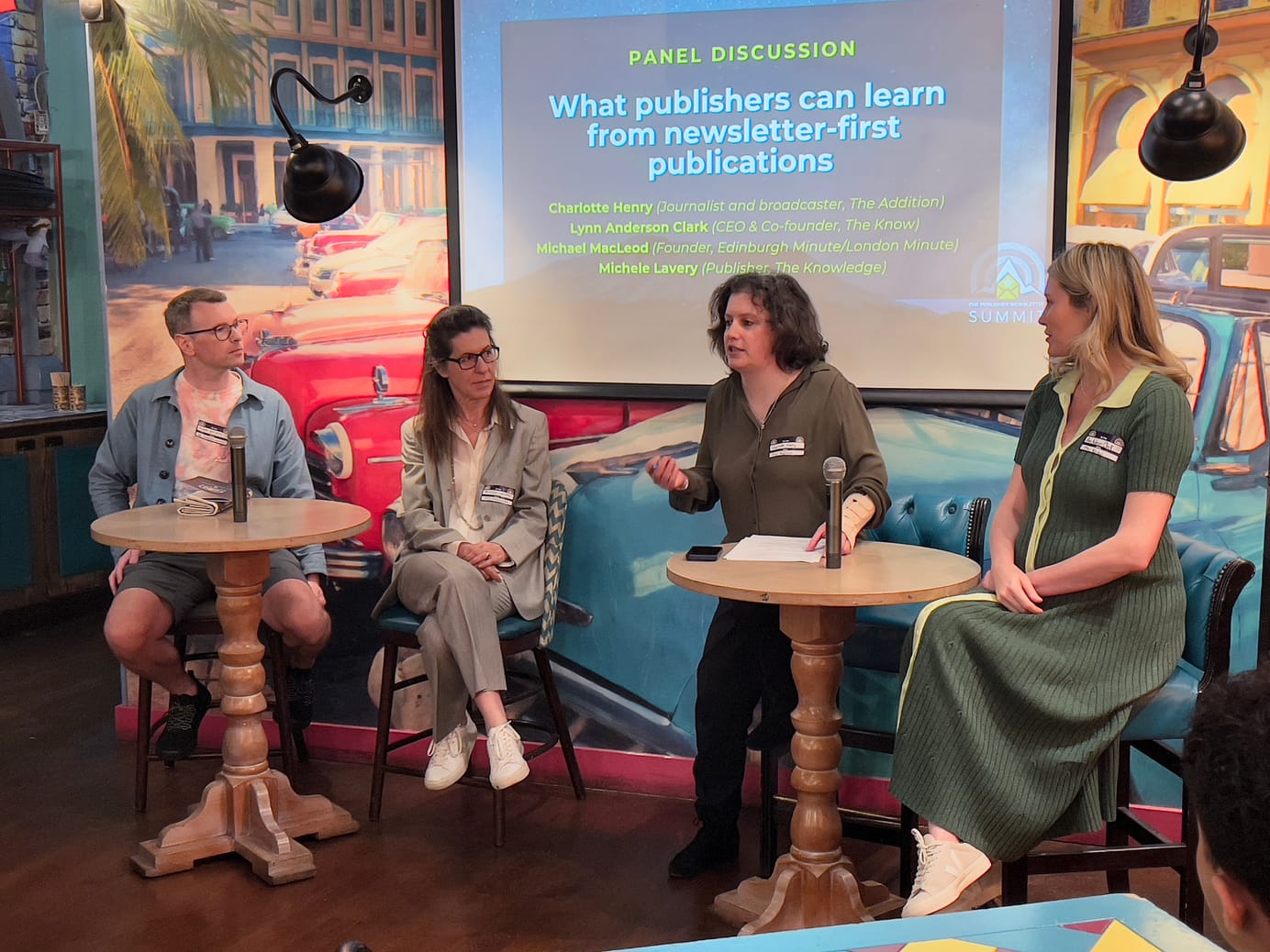
Are you tempted by shiny things syndrome?
Are we letting ourselves get distracted by cool new formats, rather than doing the really hard work of rethinking our journalism for the post-digital age?
Nick Petrie, late of The Times and now installed at Reuters, wrote a follow-up to both my post of yesterday and a “journalism exit” Twitter thread from Alex Watson. Here's what he had to say:
Why do we have a constant fixation with new and shiny things? Whether that's Video (thanks Facebook), Google AMP, Google Discover, Podcasts, Newsletters, Listicles, Live video (thanks again Facebook), Instagram (thanks...) WhatsApp - well you get the idea.
I'm old enough to remember when the shiny things were MySpace and Second Life…
In recent years, it has been podcasts (twice) and — most recently —newsletters.
As Nick points out, this is yet another classic case of an endemic illness that has afflicted journalism for at least 15 years:
This problem was diagnosed as “Shiny Things Syndrome” by U.S. digital-born journalism veteran Kim Bui, who said it “takes away from storytelling, and we risk forgetting who we are. That’s the biggest challenge.”
This perfect encapsulation of the problem was brought to my attention by the wonderful Dr Julie Posetti in her research.
Shiny things are more fun than reinvention
For a long time, I believed this was a manifestation of the desire of many working journalists to carry on doing exactly what they were doing before. Give your traditional offering a wee bit of a digital gloss with a trendy new digital product, and then steady as she goes.
The problem has been going on for far too long now for that to be the root cause. And so, my thinking is beginning to align with Nick's: this is increasing less about journalistic homeostasis, and more about avoiding the really hard work of rethinking what we do for a truly different age:
We need a fundamental and radical rethink of how we make sure publishers stay relevant and useful to readers/watchers/listeners in the future and we're tinkering around the edges looking for a silver bullet that will magically reset us to the glory days.
All these shiny things are useful tools. They all have a place in our journalism toolbox. (Yes, even live video.) But, to stretch the metaphor a little, to make the most of new tools, you have to rethink your approach to the job in hand, rather than just using an electric screwdriver, rather than a manual one.
Rethinking digital news products
Here's the problem: the longer you leave it, the harder it gets. 15 years ago, we were struggling to manage the transition from a print-centric workflow, to a dual media one: print and web.
And now? It's print and web and app and podcasts and video and newsletters and social native content and…
There comes a time where the task becomes too big, and the only way to make the transition is to burn it all down and start again from first principles. And, if you reach that point, it's far more likely to be an insurgent competitor without the legacy cost overheads that makes the transition first.
What worries me is that we're losing people like Alex from journalism (he's off to Spotify), just at the time when we could do with them being at the heart of our product strategy. And we need to look hard at why we keep losing talented digital product people to other industries.
Links worth your time

- 🙉 Clubhouse Is The Big Stinker That Nobody Wants To Talk About — Remember all the fuss about Clubhouse six months ago? For now, at least, it appears the network effect isn't kicking in for the site. And it might never do, now that its key features are being cloned into other products. Another reminder of why rushing into a new platform is often not a good use of time.
- 🕺🏼 Europe's Top 20 publishers on TikTok — seek within for ways of using the platform well (and, if we're honest, a few example of how not to use it…). Mail Online, the BBC and The Telegraph are the UK representatives on the list.
- 👩🏼 A Press Gazette interview with Emily Maitlis — most interesting to me is the material around the social media posts she's been reprimanded for. We're going through one of those periodic re-evaluations of how journalists should behave on the platforms. And the usual suspects are making hay with the interview.
- Tumblr adds subscriptions. Because it's all about the creator economy now. The reaction of the existing Tumblr community has been… less than great.
Appalling SEO pitch of the day
The first in an occasional series
From an email this morning:
I have Casino Gaming articles and after reviewing your website, I believe that the content we have created will be a great fit for your site. Our articles/content are 100% exclusive and unique.
Yeah, journalism and gambling. Such a good mix…
An interesting video on change
Well worth the seven minutes it takes to watch.
Sign up for e-mail updates
Join the newsletter to receive the latest posts in your inbox.










